By Liu Huining, CGTN journalist.- Gardens are not only important settings for leisure and life, but also reflect various cultural connotations and aesthetic sensibilities, such as architecture, sculpture, and floriculture. Different cultural soils have given rise to different garden arts, such as the Palace of Versailles, which embodies French classicism, the Kusansui, which reflects Japanese Zen culture, and the Alhambra in Spain, which reflects Islamic style. Art rooted in Chinese culture is an important heritage of human civilization and is recognized worldwide as the mother of the world’s gardens, bringing together a wide variety of art forms such as landscape creation, garden architecture , botanical gardening, sculpture and painting, calligraphy and poetry, and embodies the aesthetic interest of “although man-made, it is as if created by God”.
Chinese gardens can be divided into three main categories: royal gardens, private gardens, and temple gardens. The royal gardens belonged to the emperor or the royal family, and some of the representative royal gardens are the Beijing Summer Palace and the Chengde Summer Resort. The private gardens belonged to the nobility, bureaucrats, gentry and other high-class people, and the representative private gardens are the four famous gardens of Suzhou, namely the Lion Grove, Canglang Pavilion, Humble Administrator’s Garden and the Lingering Garden. Temple gardens are mainly the gardens attached to Buddhist and Taoist temples, and some of the representative temple gardens are Luoyang White Horse Temple and Hangzhou Lingyin Temple. This article introduces these eight representative Chinese classical gardens to give you a taste of the beauty of Chinese garden art.
Beijing Summer Palace
clipboard01.jpg
The Summer Palace is a Qing Dynasty imperial garden and one of the best-preserved royal palaces in China. It is known as the “Royal Garden Museum”. Based on the layout of the garden, the Summer Palace can be divided into two main parts, the front hill and the back hill. The total surface of the garden is almost 300 hectares, of which three quarters correspond to the aquatic surface.
Chengde Summer Resort
clipboard05.jpg
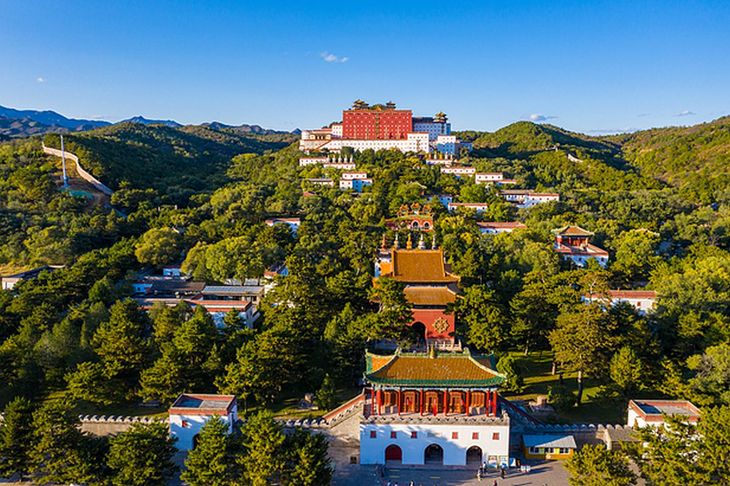
Located in the northern part of downtown Chengde, Hebei Province, Chengde Summer Resort was a place where the emperors of the Qing Dynasty spent their summers and conducted government business. It has been declared a World Heritage Site. The garden was built in 1703 and took 89 years to complete over three generations of Qing emperors. It occupies an area of about 5,640,000 square meters and is divided into four main scenic areas: the palace, the lake, the plain, and the mountains.
lion grove
clipboard03.jpg
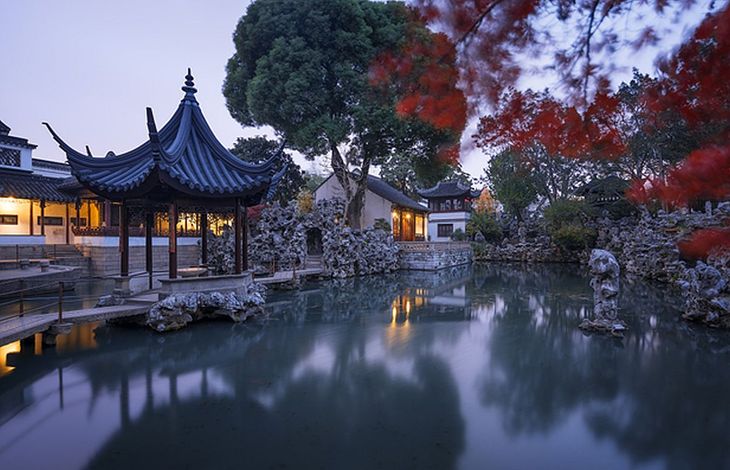
The Lion Grove was built in 1342, more than 680 years ago. It is a typical representative of Chinese private gardens of the Yuan Dynasty, a World Heritage Site and one of Suzhou’s Four Famous Gardens. The Lion Grove is located in the northeast of Suzhou. It is called “Lion’s Grove” because of the lion shape of the rocky peaks in the garden. In November 2003, IM Pei, a world-famous architect, visited the Lion Grove twice and wrote a few words to her to express his admiration for this private garden.
canglang pavilion
clipboard01.jpg
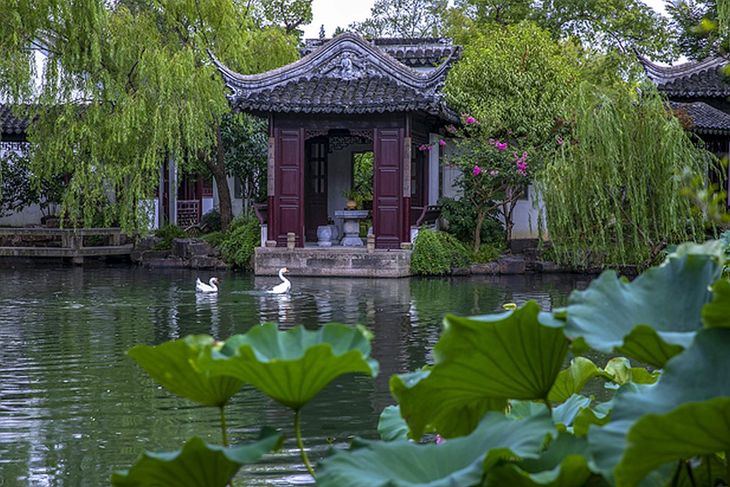
Canglang Pavilion, located in south Suzhou, Jiangsu Province, is one of the oldest gardens in Suzhou and was built during the Qingli period of the Northern Song Dynasty (1041-1048 AD). The garden is boldly designed to blend the exterior with the interior of the garden. The layout of the garden is dominated by mountains, with buildings arranged around the mountains and the water encircling the garden, creating a sense of large scale in a small space by using the river to form a landscape.
Humble Administrator’s Garden
clipboard01.jpg

The Humble Administrator’s Garden is located in the northeast of Suzhou city, occupies an area of 78 acres, and is the largest surviving classical garden in Suzhou. Its landscape centered on water. In which, the exquisite pavilion halls are reflected in the water, the exuberant flowers and trees are lush. The Humble Administrator’s Garden is divided into three parts: East, Middle, and West. The East Garden is open, the Middle is the essence, and the West wins with its exquisite architecture, and each of the three parts of the garden has its own characteristics.
Lingering Garden
clipboard02.jpg
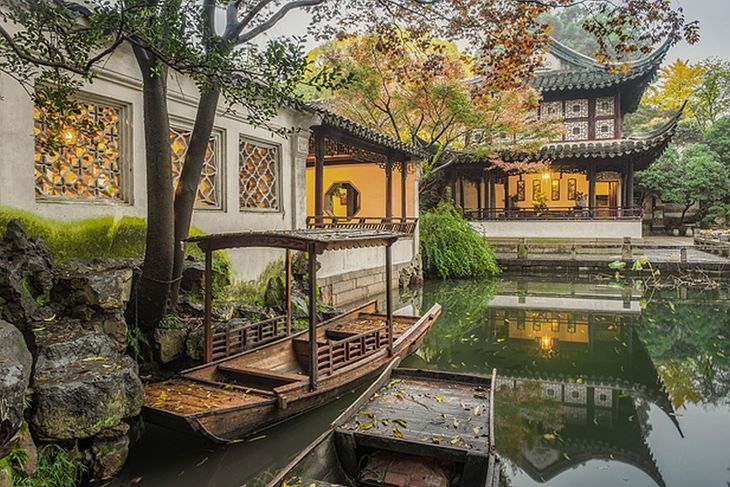
The Lingering Garden was built in 1593 and is famous for its exquisite architectural arrangements and the many rare stones. The garden occupies an area of 2.3 hectares and can be divided into four parts: the eastern part of the garden has magnificent halls and overlapping patios; the central part has beautiful mountains and cool waters, with hundred-year-old trees that protect the sky; the western part has deep forests and mountains; and the northern part has bamboo hedges and huts, looking idyllic. The garden is known for its superb management of architectural space, and the courtyards are interconnected and richly layered. The many rocky peaks of Taihu Lake in the garden are of different and fascinating shapes.
temple of Luoyang White Horse
clipboard03.jpg

The Luoyang White Horse Temple is located 12 kilometers east of the ancient city of Luoyang in Henan Province and was built in AD 68. It is the first ancient temple in China and the first monastery built after the introduction of Buddhism in China. It is known as the “ancestral temple” and the “source of Buddhism” in China. The temple has a history of more than 1,900 years and occupies an area of about 200 acres. The surviving ruins and monuments are from the Yuan, Ming, and Qing dynasties, and a large number of Yuan dynasty dried lacquer lacquer statues of the Yuan dynasty have been preserved, such as the Three Buddhas, the Two Heavenly Generals, and the Eighteen Buddhas. Luohan, you are very precious.
Hangzhou Lingyin Temple
clipboard04.jpg
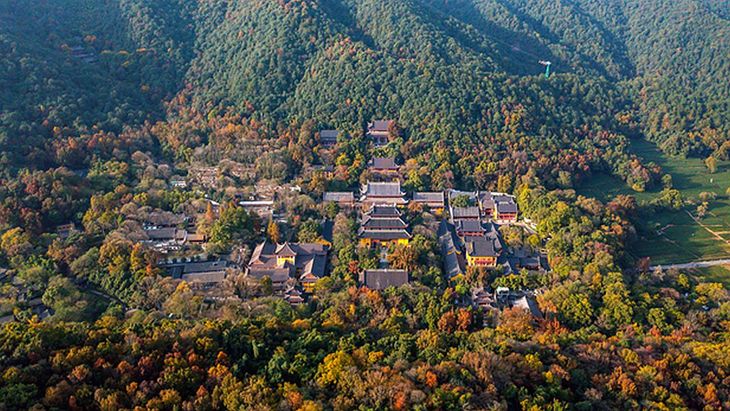
Hangzhou Lingyin Temple has existed for nearly 1,700 years and is known as the “Crown of the Southeast Buddhist Kingdom” for its long history, beautiful natural scenery, and strong Buddhist culture. The temple consists mainly of the Hall of the Heavenly King, the Hall of the Great Hero, the Hall of the Medicine Buddha, the Dharma Hall, and the Hall of Avatamsaka as its central axis, with the Hall of Five Hundred Luohans, the Hall of the Goddess of Mercy, the Avatamsaka Hall, the Great Compassion Building and the Abbot Building on both sides.
Source: Ambito
I am an author and journalist who has worked in the entertainment industry for over a decade. I currently work as a news editor at a major news website, and my focus is on covering the latest trends in entertainment. I also write occasional pieces for other outlets, and have authored two books about the entertainment industry.




